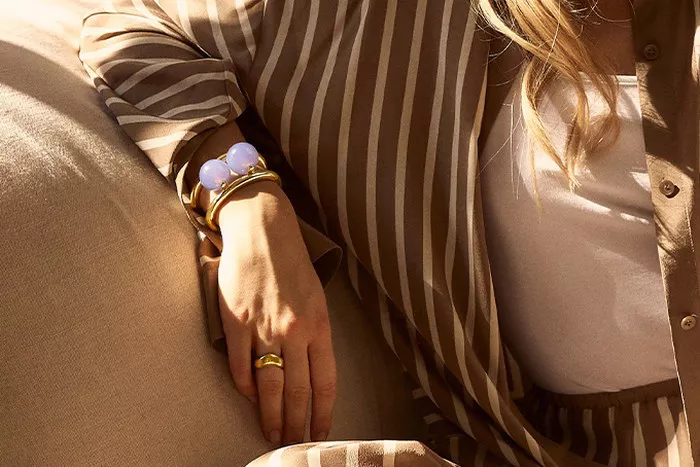Legacy jewellery houses from the 18th and 19th centuries are making a comeback, gaining newfound relevance in today’s fashion scene.
Earlier this year, the FX drama “Feud: Capote vs the Swans” shed light on the dramas of New York’s high society in the ’60s and ’70s. Amidst the socialite tales, the opulent jewels of the era took center stage. Notably, a scene featuring Babe Paley, former Vogue editor, showed her surrounded by jewels, sharing them with friends. One piece that stood out was a rubellite Verdura bracelet.
The show sparked a revived interest in designs from that era, especially those by jewellers whose names had faded over time. Duke Fulco di Verdura, known for bold, sculptural pieces, left his mark on 20th-century jewellery. Starting his own brand in 1939 after designing for Chanel, he introduced iconic Maltese cross cuffs to Gabrielle Chanel’s collections.
Today, Verdura’s legacy is preserved by Ward Landrigan, former head of jewellery at Sotheby’s. The house continues to create designs from nearly 10,000 sketches by Verdura himself. This revival effort seems to be paying off, as demand for Verdura designs has surged since their TV debut.
Another jeweller enjoying a resurgence under Landrigan is Suzanne Belperron, a groundbreaking female designer of the 20th century. Her distinctive, modern style adorned icons like Elsa Schiaparelli and the Duchess of Windsor. Today, her timeless designs are reimagined in a contemporary collection, drawing from over 9,300 archived sketches and designs.
Francesca Amfitheatrof, currently artistic director at Louis Vuitton, has also made waves in the jewellery world. Alongside her role at Louis Vuitton, she now heads creative direction at Codognato, a revered Venetian jeweller since 1866. Known for intaglio and enamel designs favored by royals and artists alike, Codognato welcomed Amfitheatrof following the passing of Attilio Codognato. Her influence promises to bring fresh designs to the historic house, potentially attracting a new generation of collectors.
These jewellery houses, with their rich histories and visionary designs, are proving that classic glamour never goes out of style.

